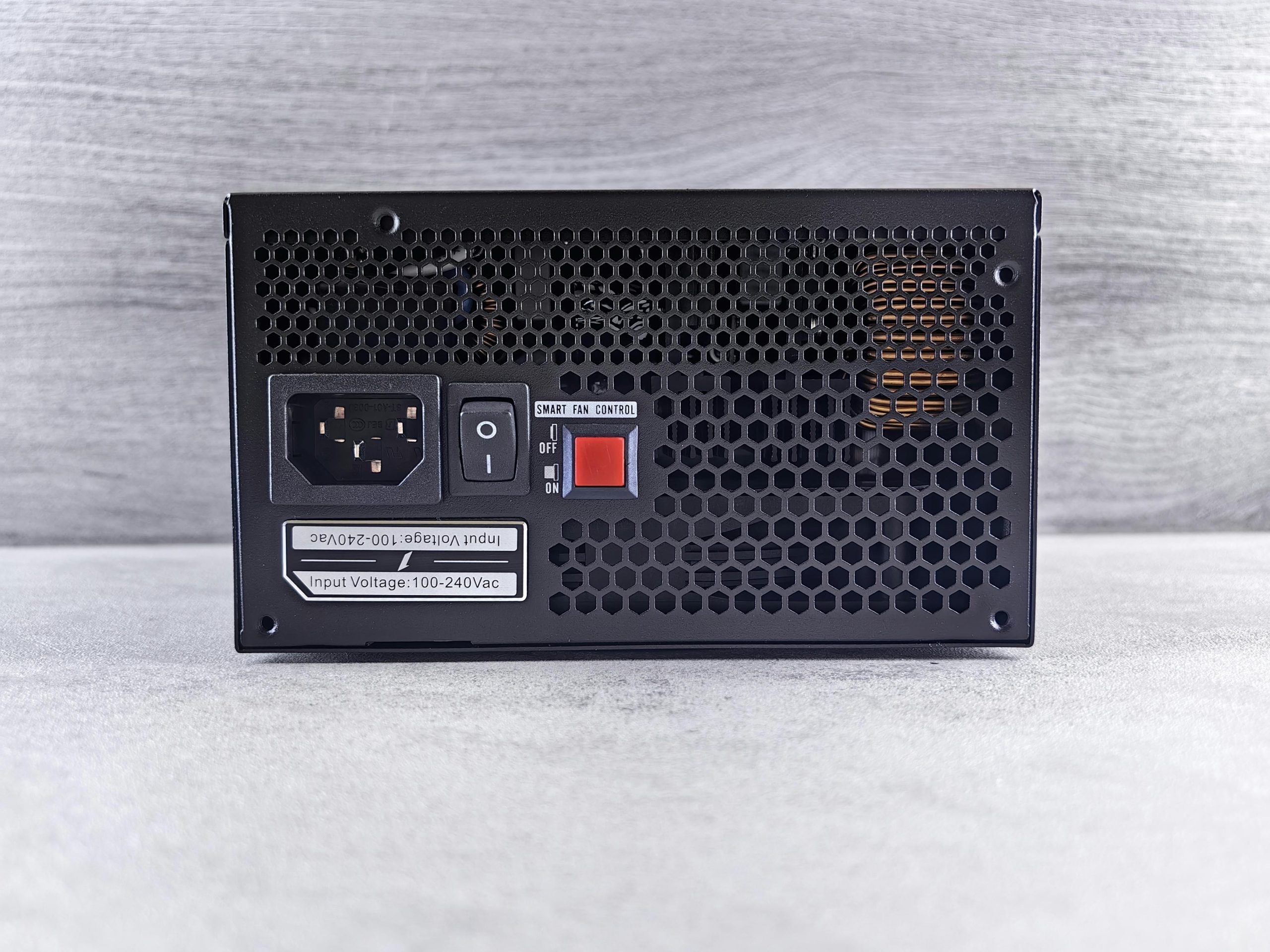Troubleshooting PC Shutdown and Sleep Issues: A Comprehensive Guide
Experiencing difficulties with your PC refusing to shut down or enter sleep mode can be frustrating and disruptive. In this article, we explore common causes of such issues and provide a structured approach to troubleshooting, based on real-world scenarios.
Introduction
Many users report problems where their computer appears to turn off the display but remains powered on internally, with fans spinning faster and louder. Often, the system cannot be awakened or powered down normally, necessitating a manual power cut via the power supply unit (PSU) switch. Identifying the root cause requires careful analysis of recent hardware changes and software configurations.
Case Study Overview
Consider a gaming or productivity PC equipped with the following components:
- Motherboard: MSI B450 Tomahawk
- CPU: AMD Ryzen 5 3600
- Graphics Card: MSI GeForce GTX 2080 Super
- WiFi Card: Cudy AX 3000 WiFi Adapter
- Power Supply: Thermaltake Smart 600W
The issue arose after installing the Cudy AX 3000 WiFi adapter and its drivers, leading to persistent problems with sleep and shutdown behavior.
Initial Troubleshooting Steps
The user attempted various standard measures:
- Unplugging all peripherals except essential input devices
- Removing the WiFi adapter entirely and reseating it in different PCIe slots
- Updating drivers for motherboard chipsets, LAN ports, GPU, and WiFi adapter
- Disabling wake-related settings in Device Manager, including Wake on LAN and magic packets
- Disabling all peripherals’ ability to wake the system
- Turning off fast startup in Windows
- Enabling ERP mode in BIOS for power efficiency
- Toggling BIOS settings related to wake-up events
- Disabling USB wake-up controls in BIOS
- Verifying S3 sleep state recognition via command prompt
- Checking Event Log entries for related error codes
Despite these efforts, the problem persisted even after removing the WiFi card, indicating the root cause might not be hardware-related.
Potential Causes and Solutions
-
Drivers and Software Conflicts:
Faulty or incompatible drivers, especially for network adapters, can interfere with power management. Ensure all drivers are up-to-date and from official sources. -
BIOS Settings:
Verify BIOS power management options, including ERP mode, wake-up events, and USB legacy support, are configured correctly. Resetting BIOS to default settings can sometimes
Share this content:

